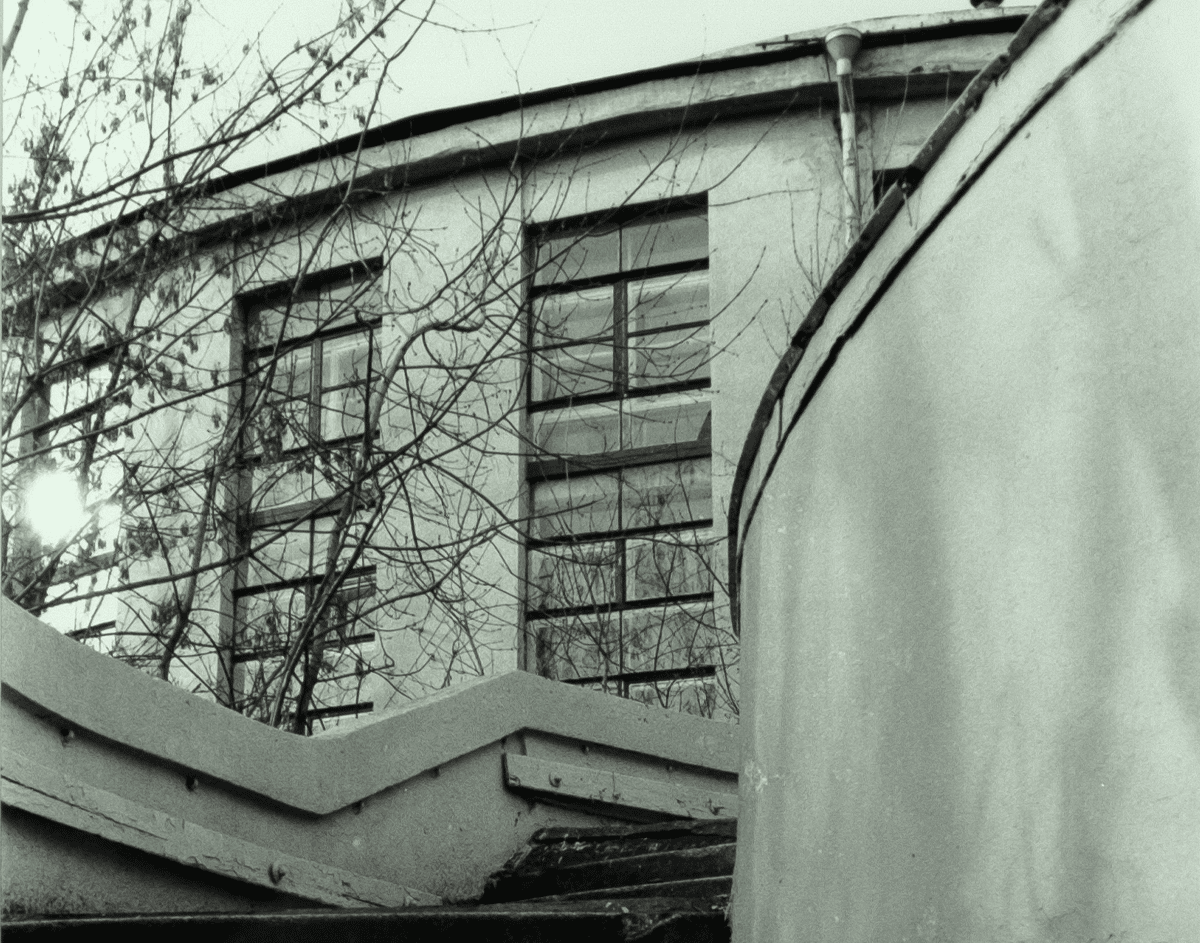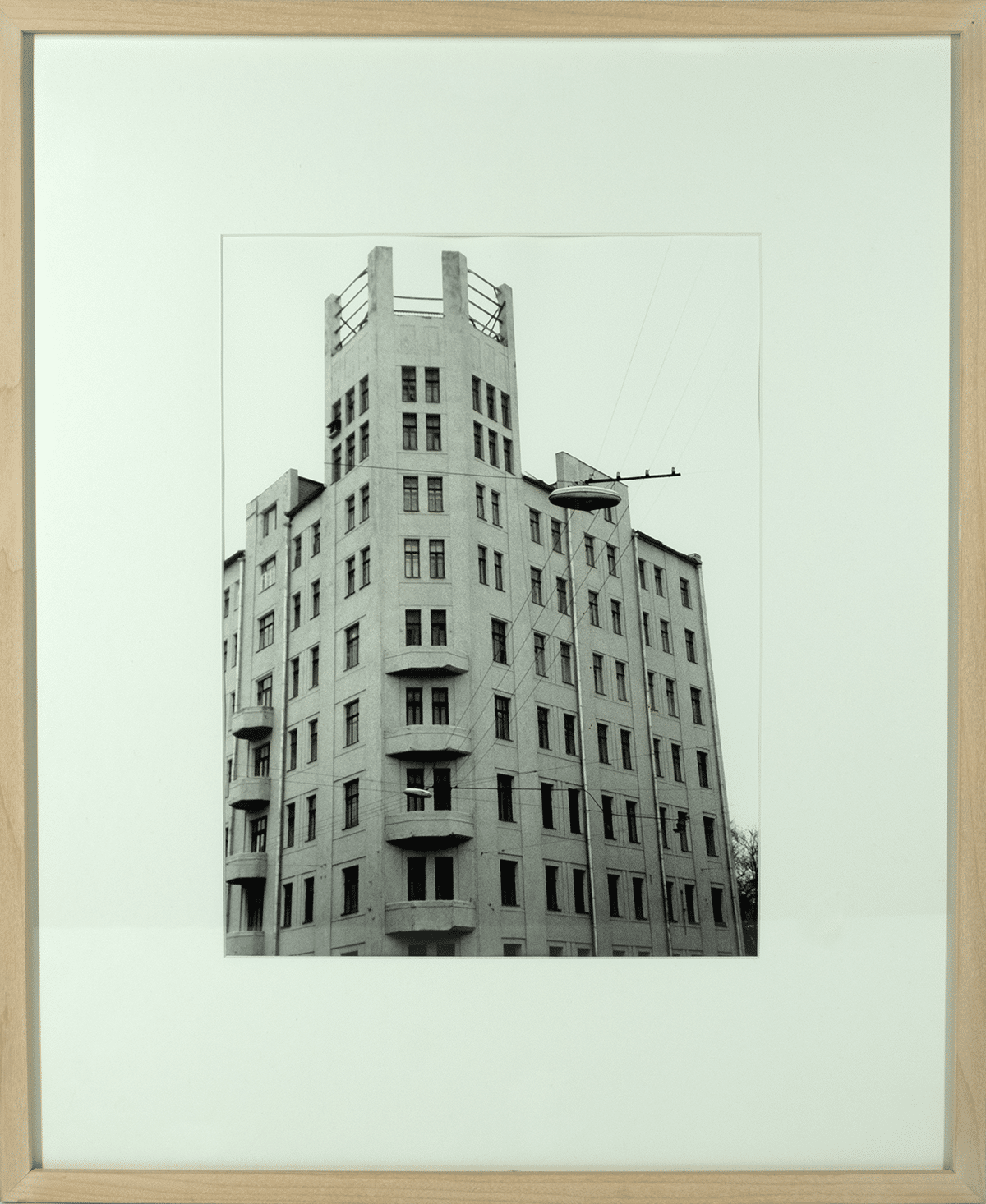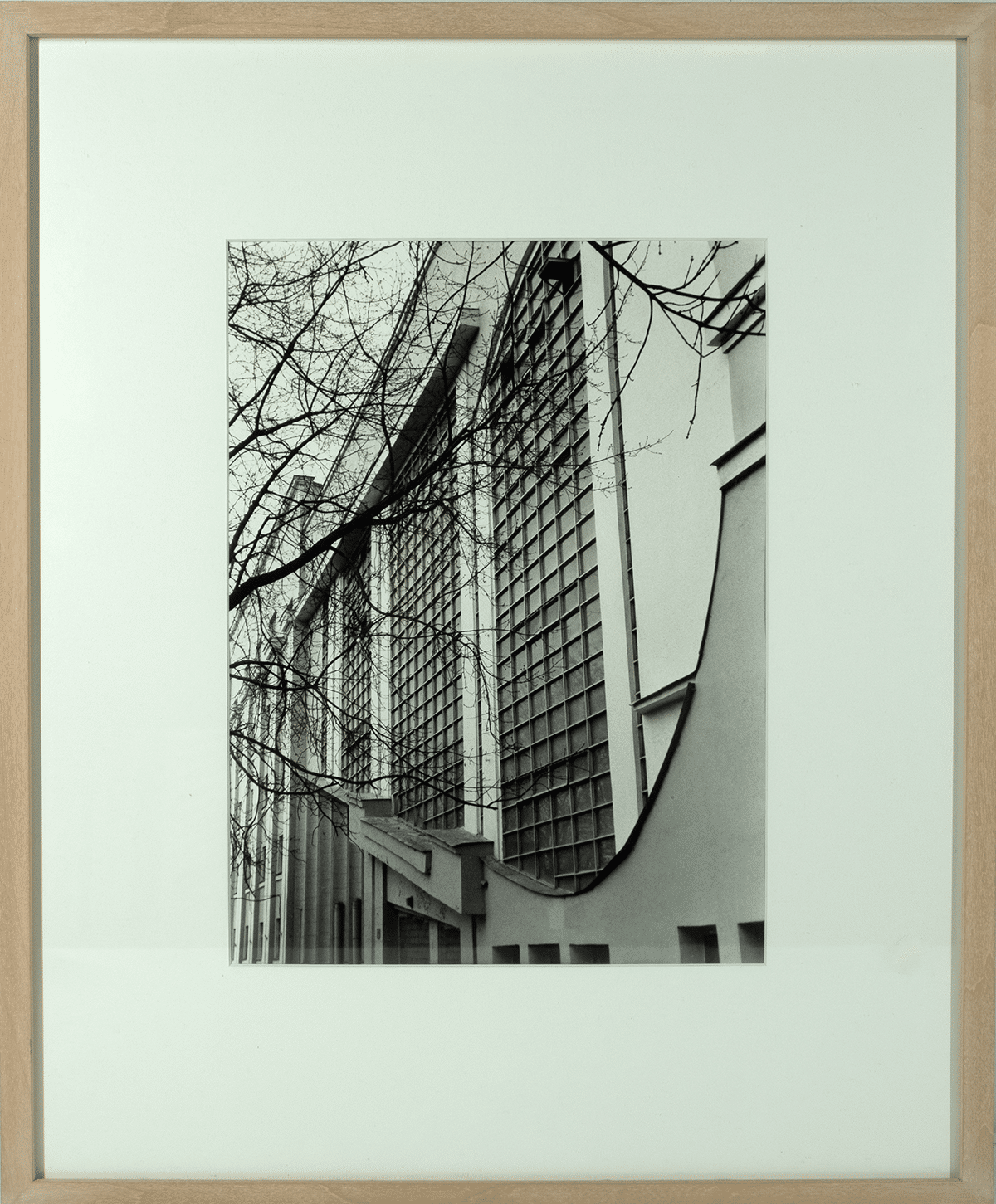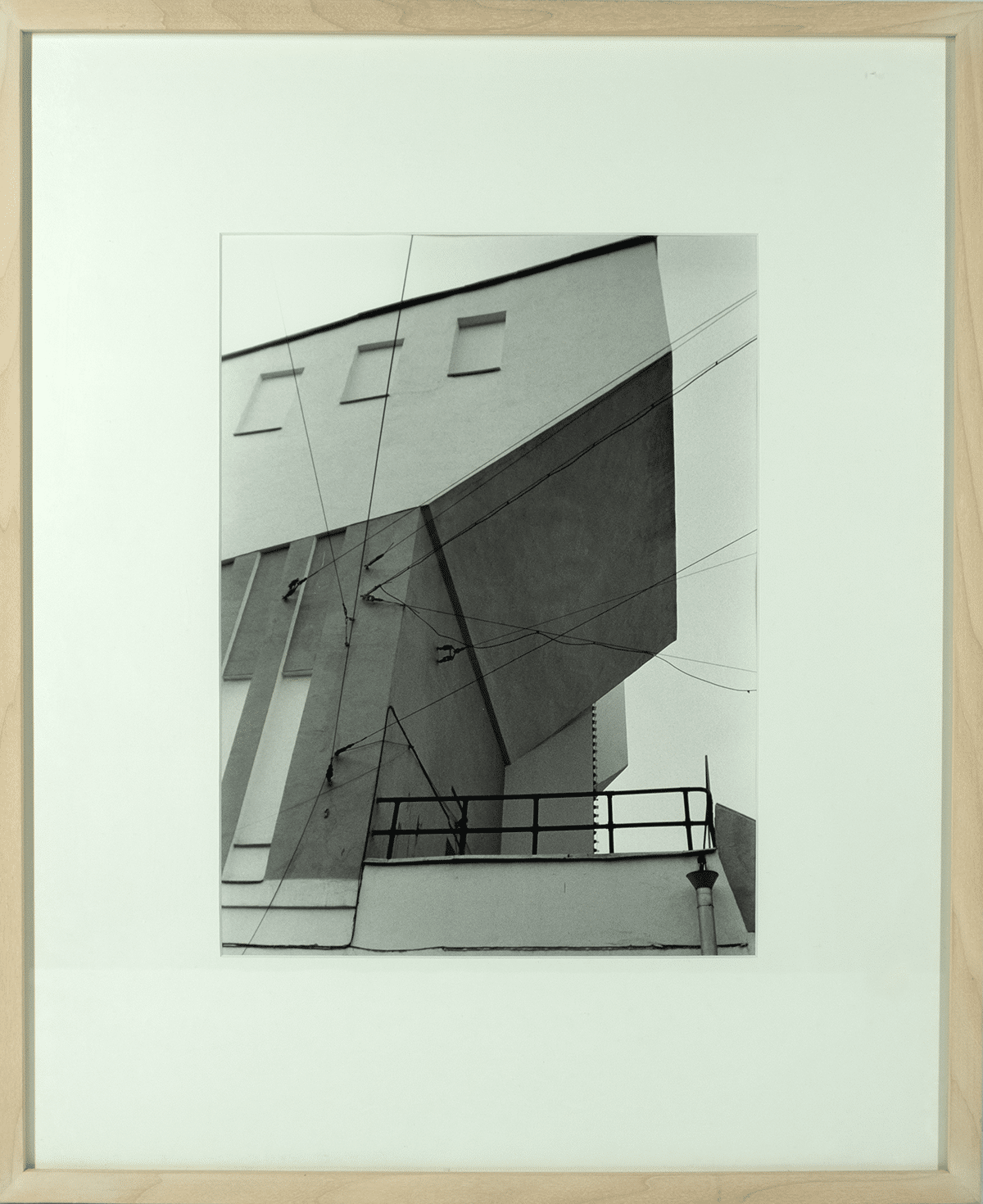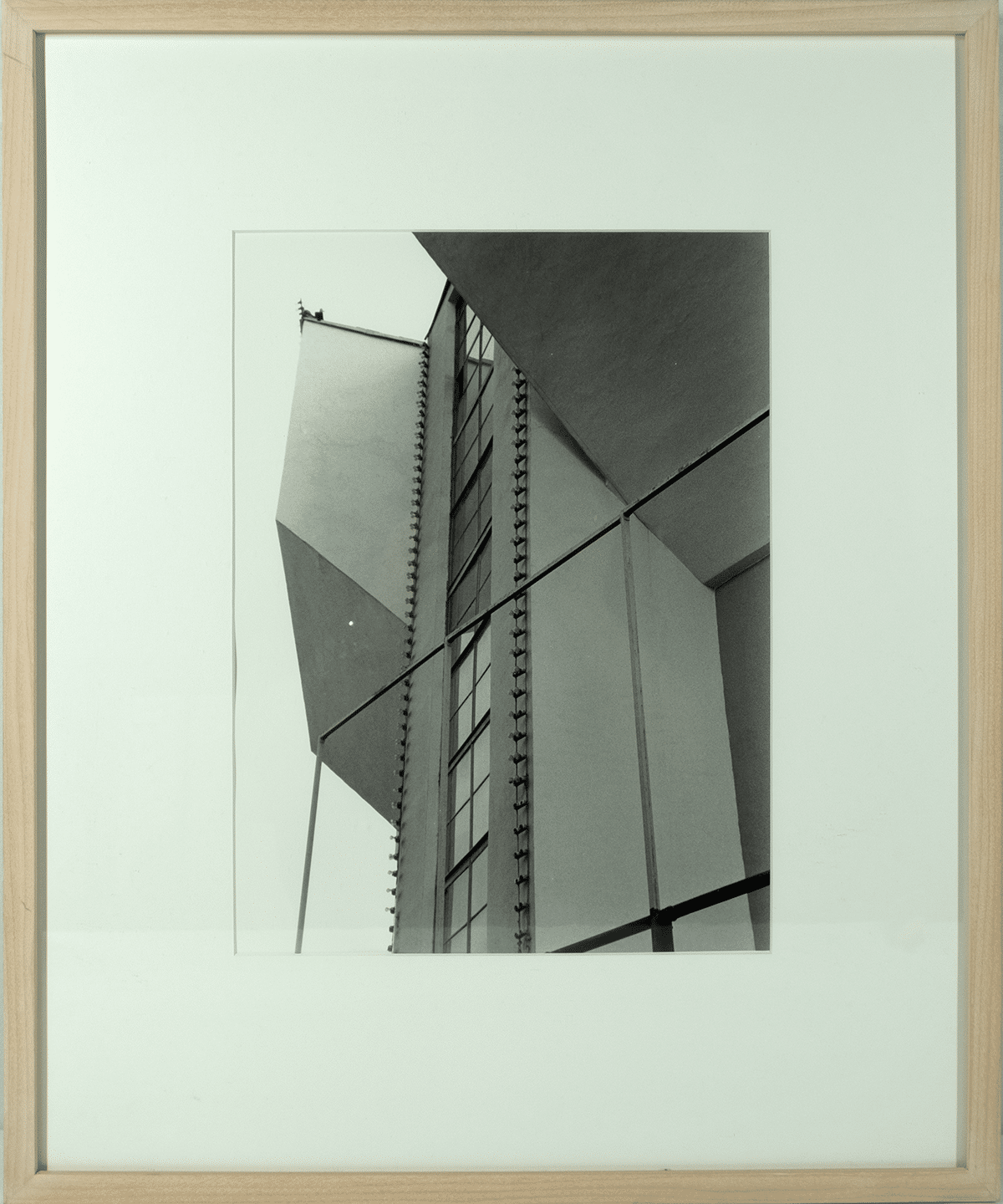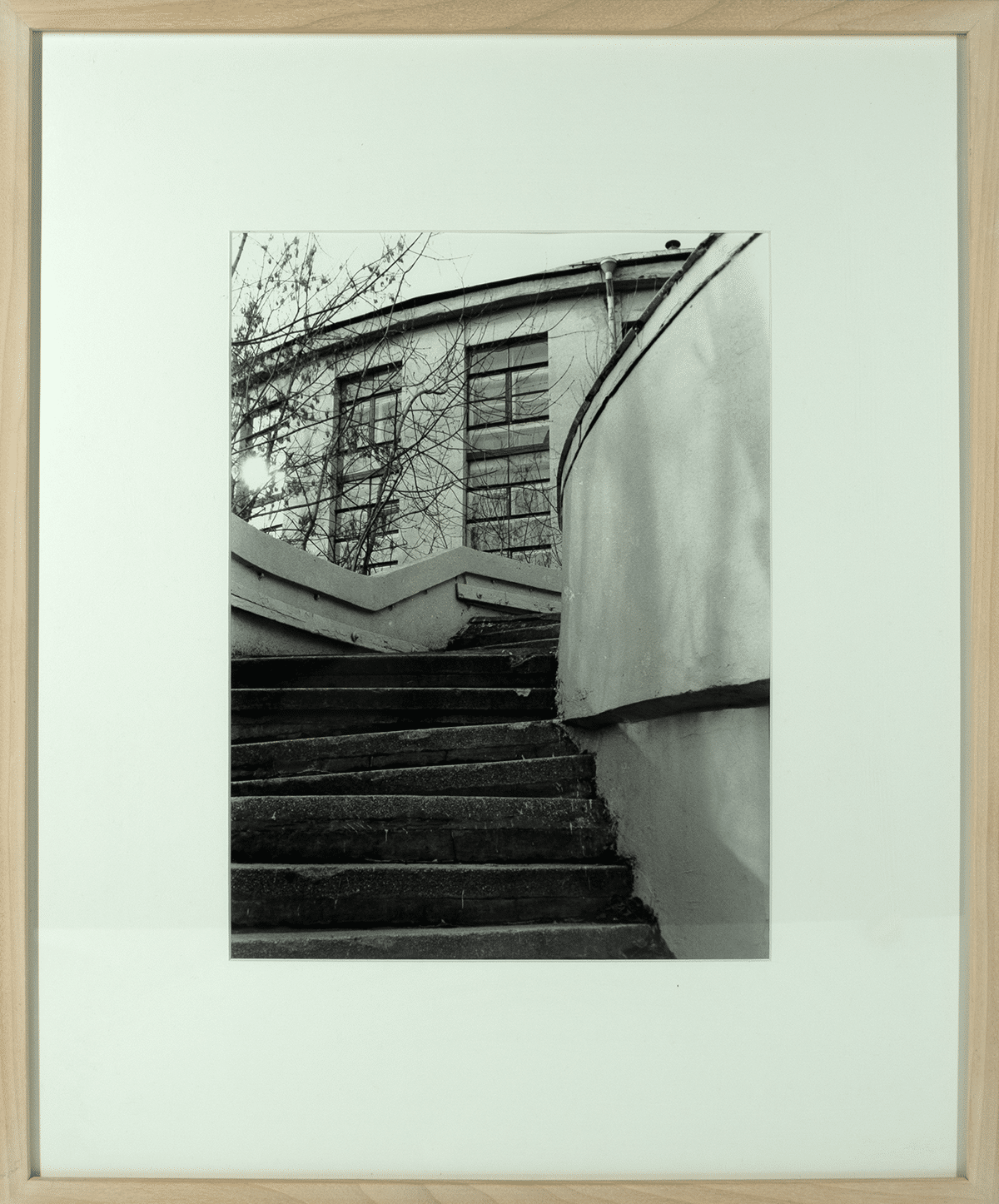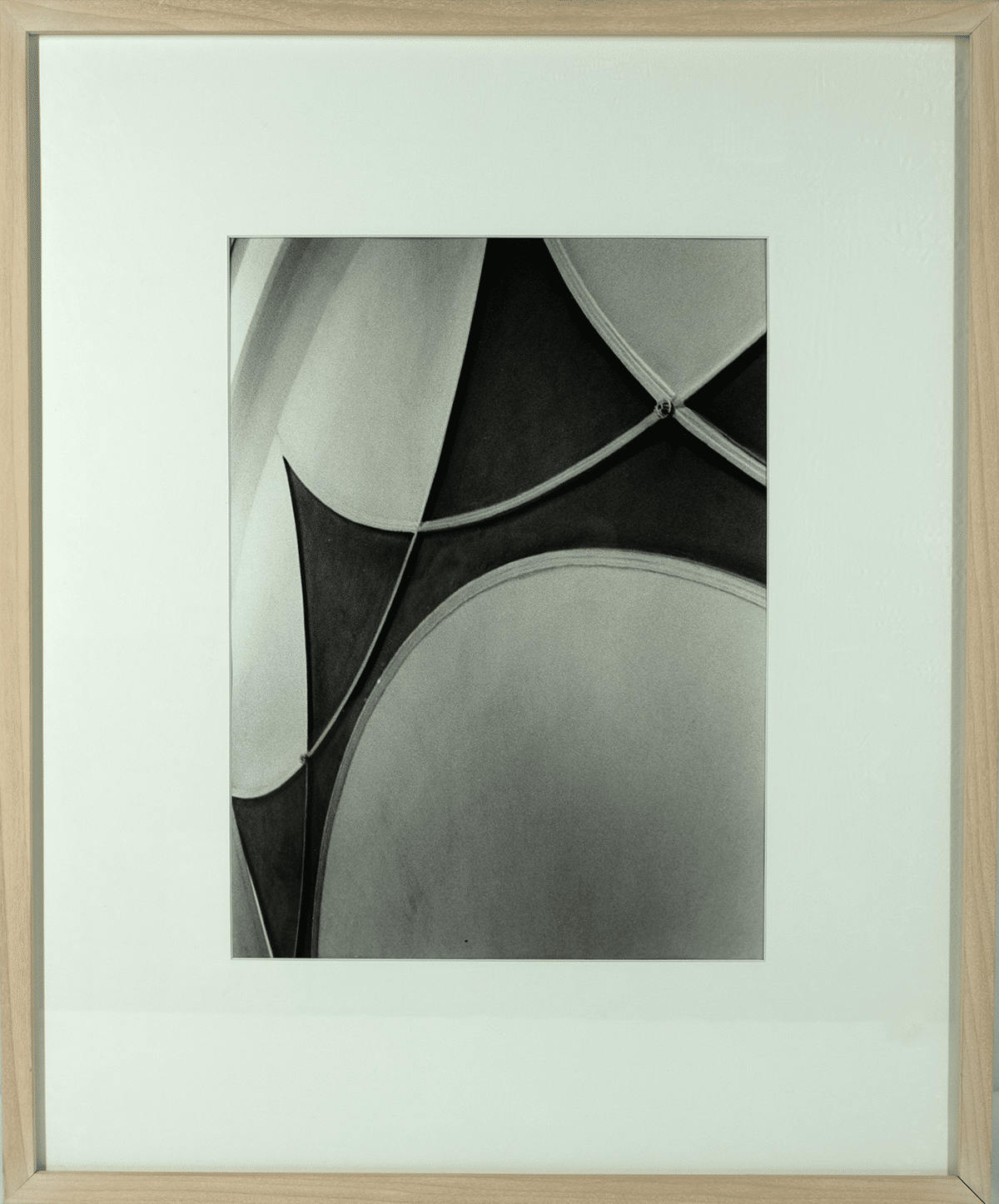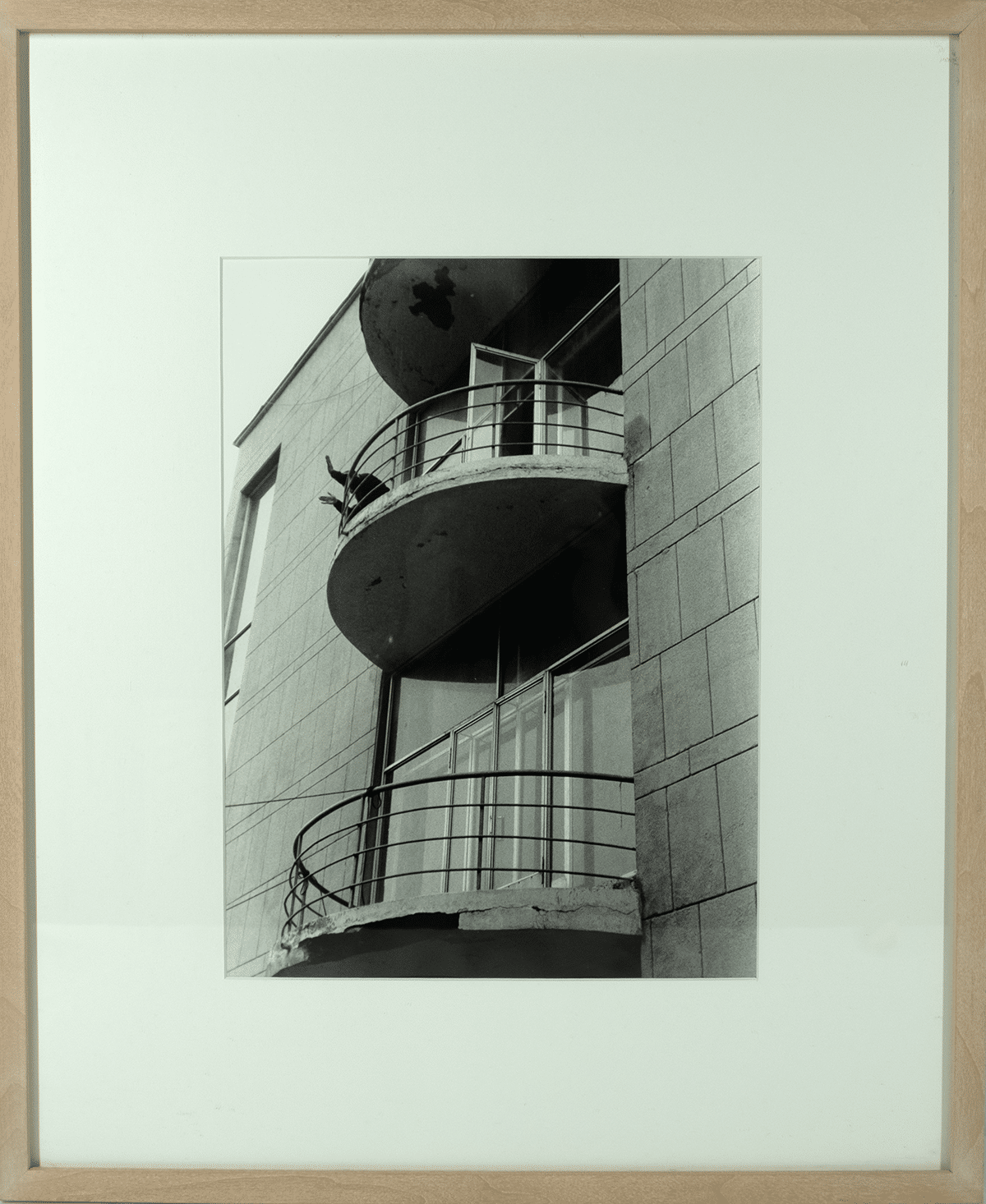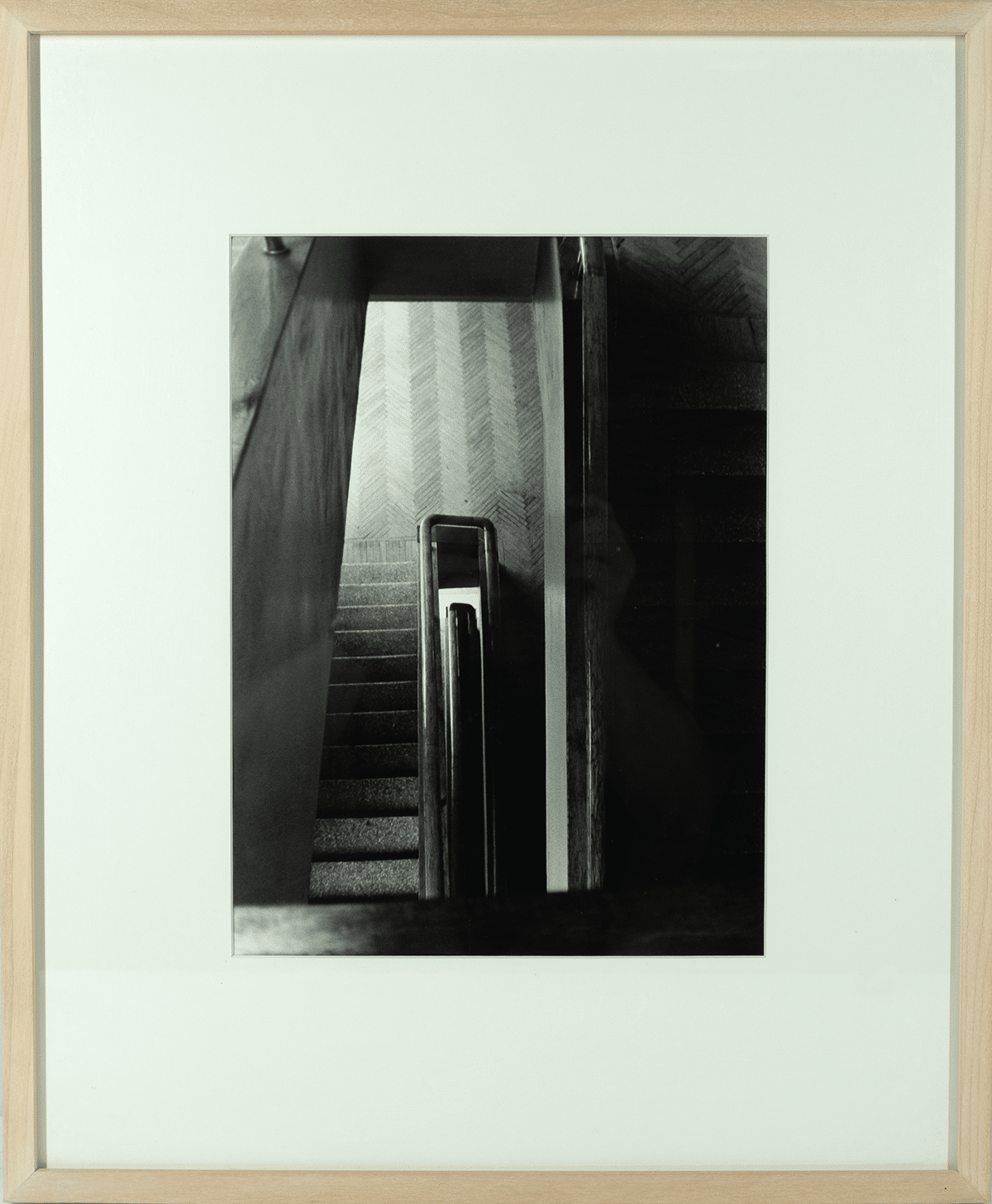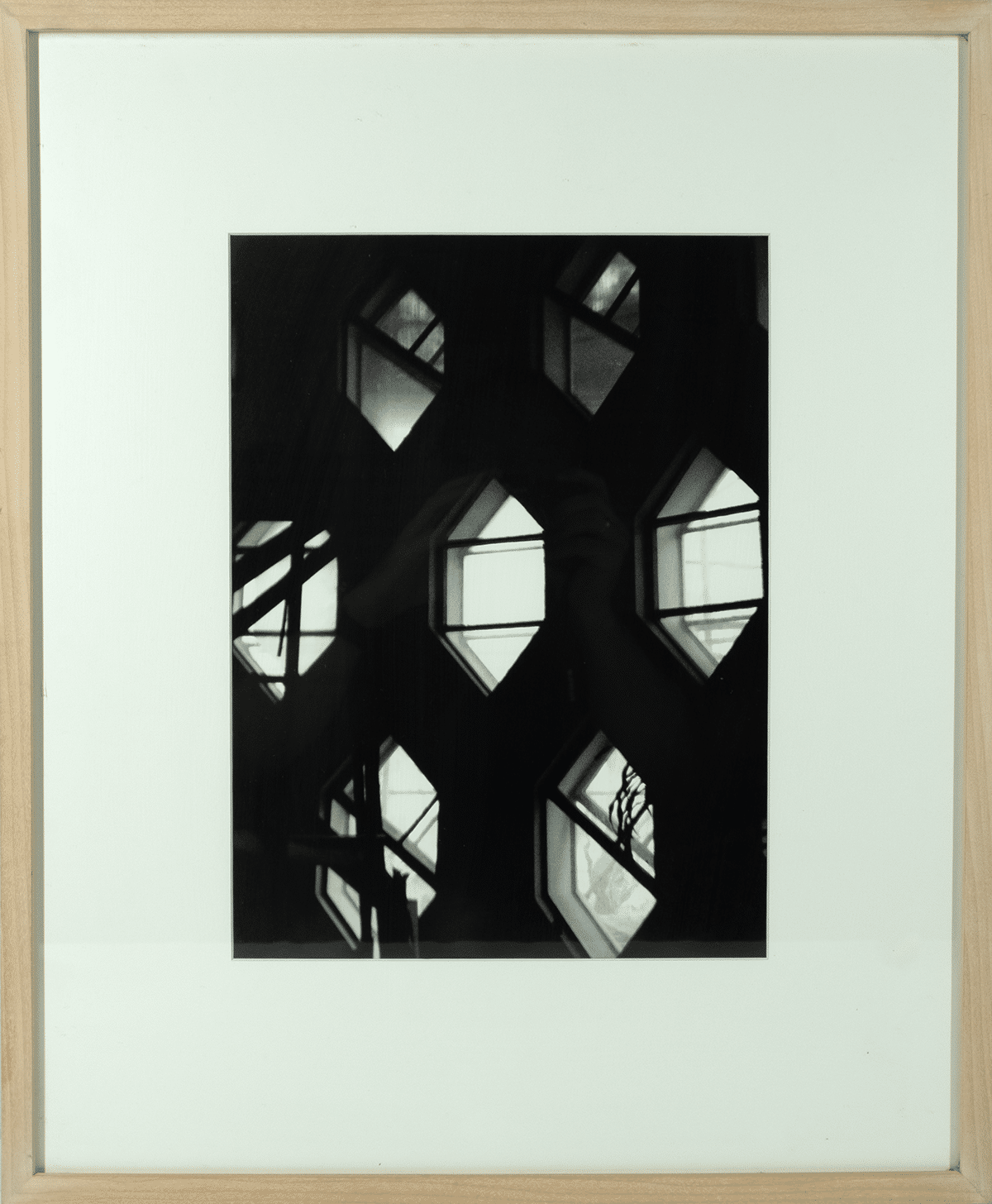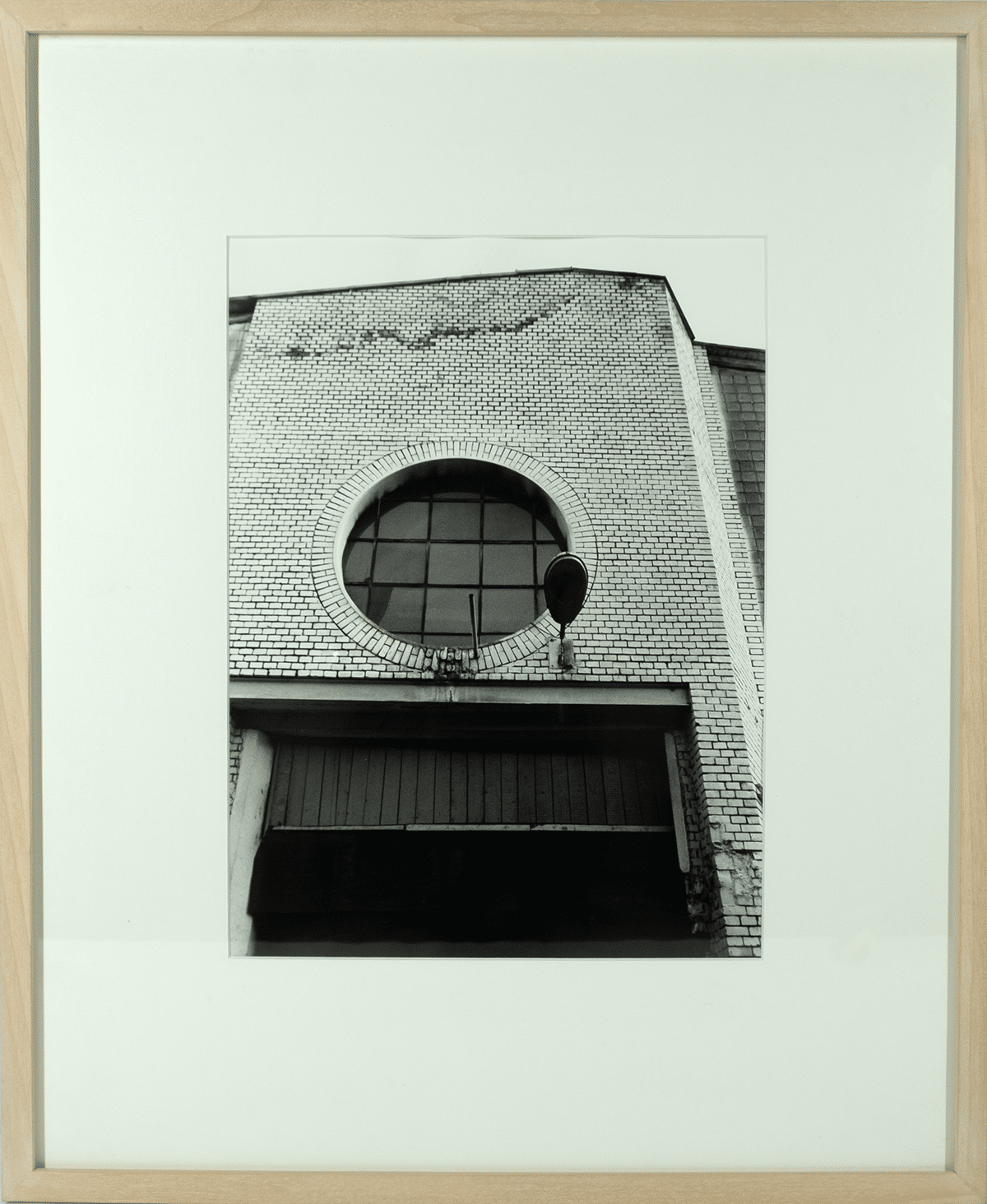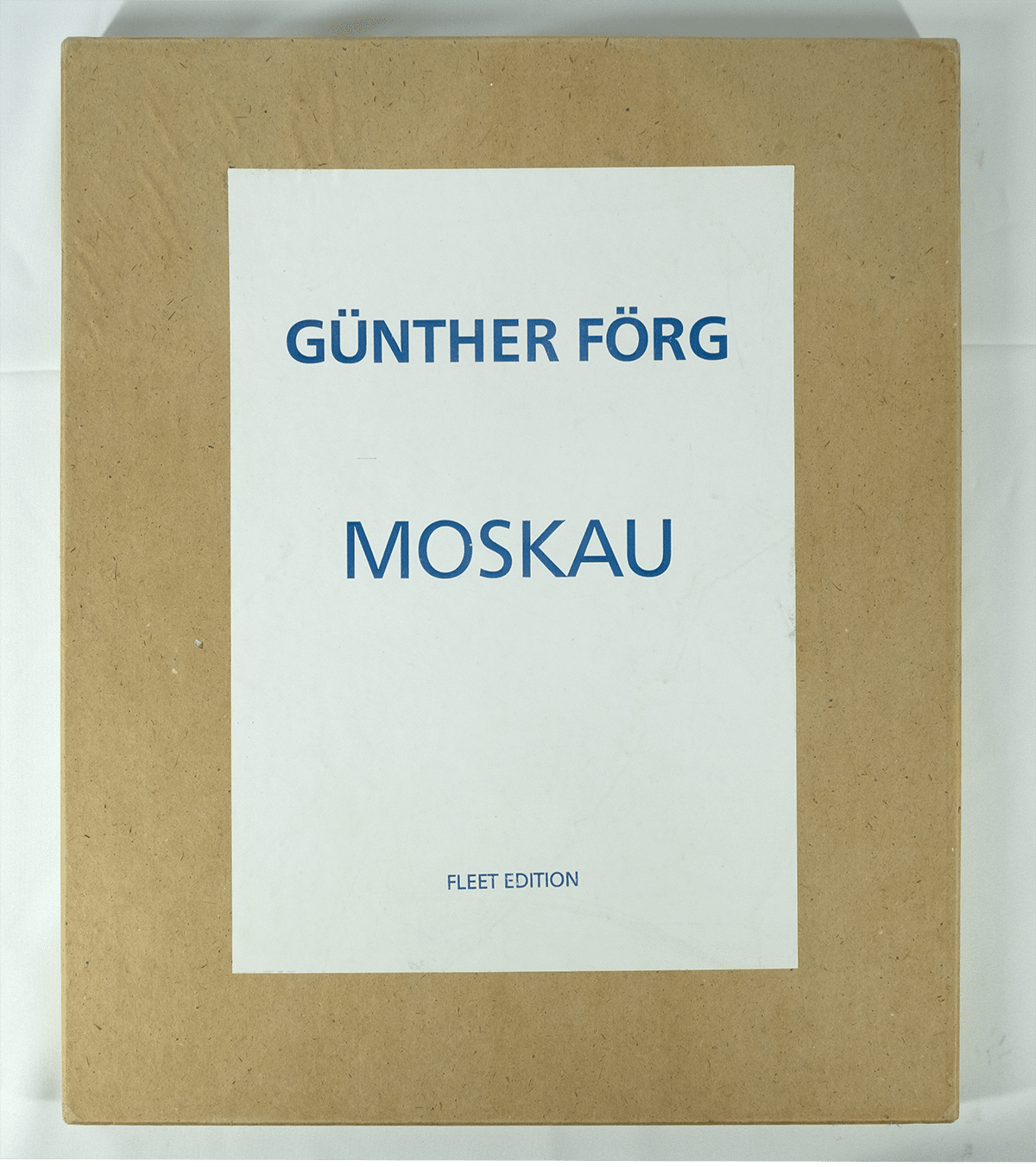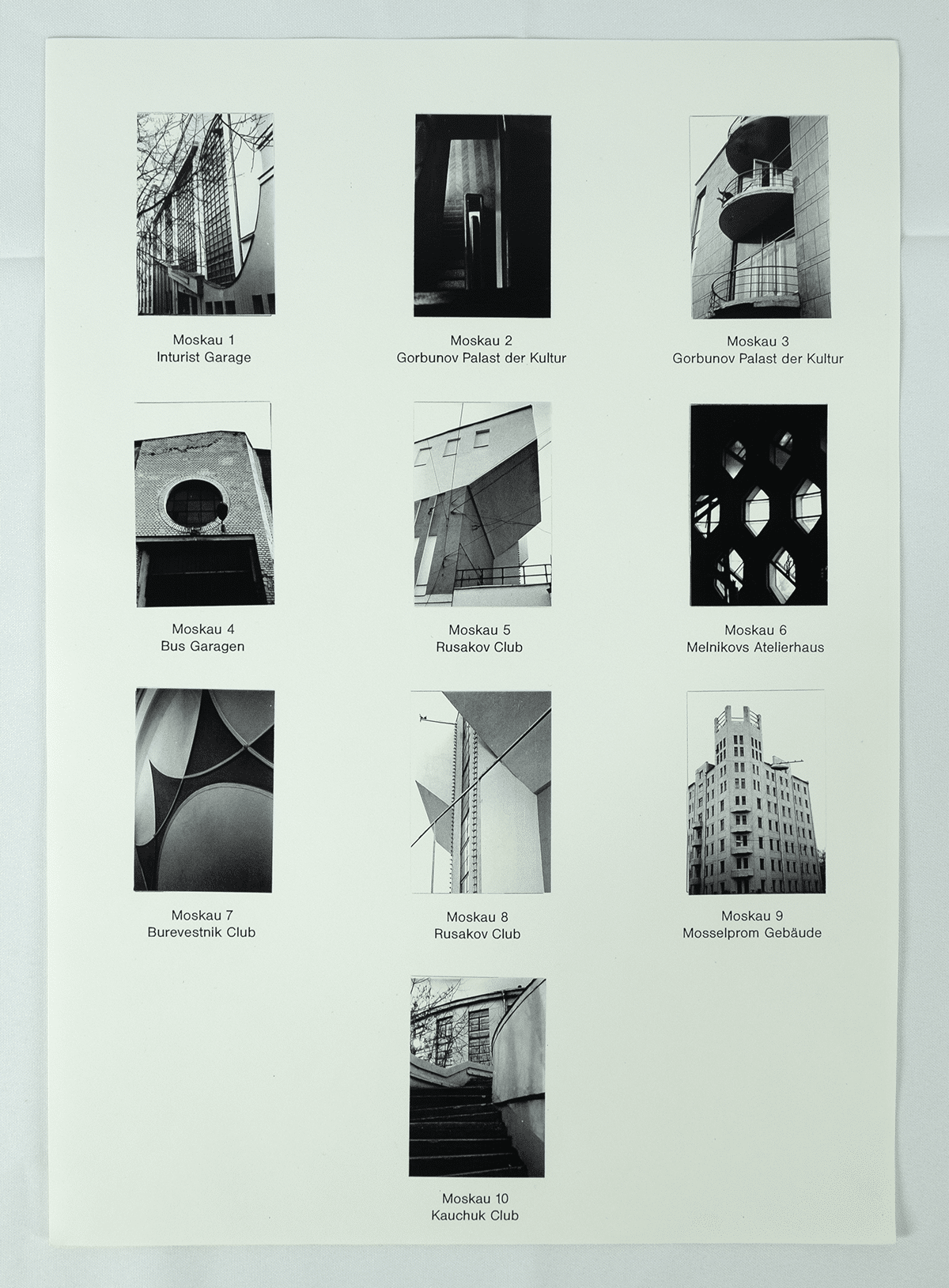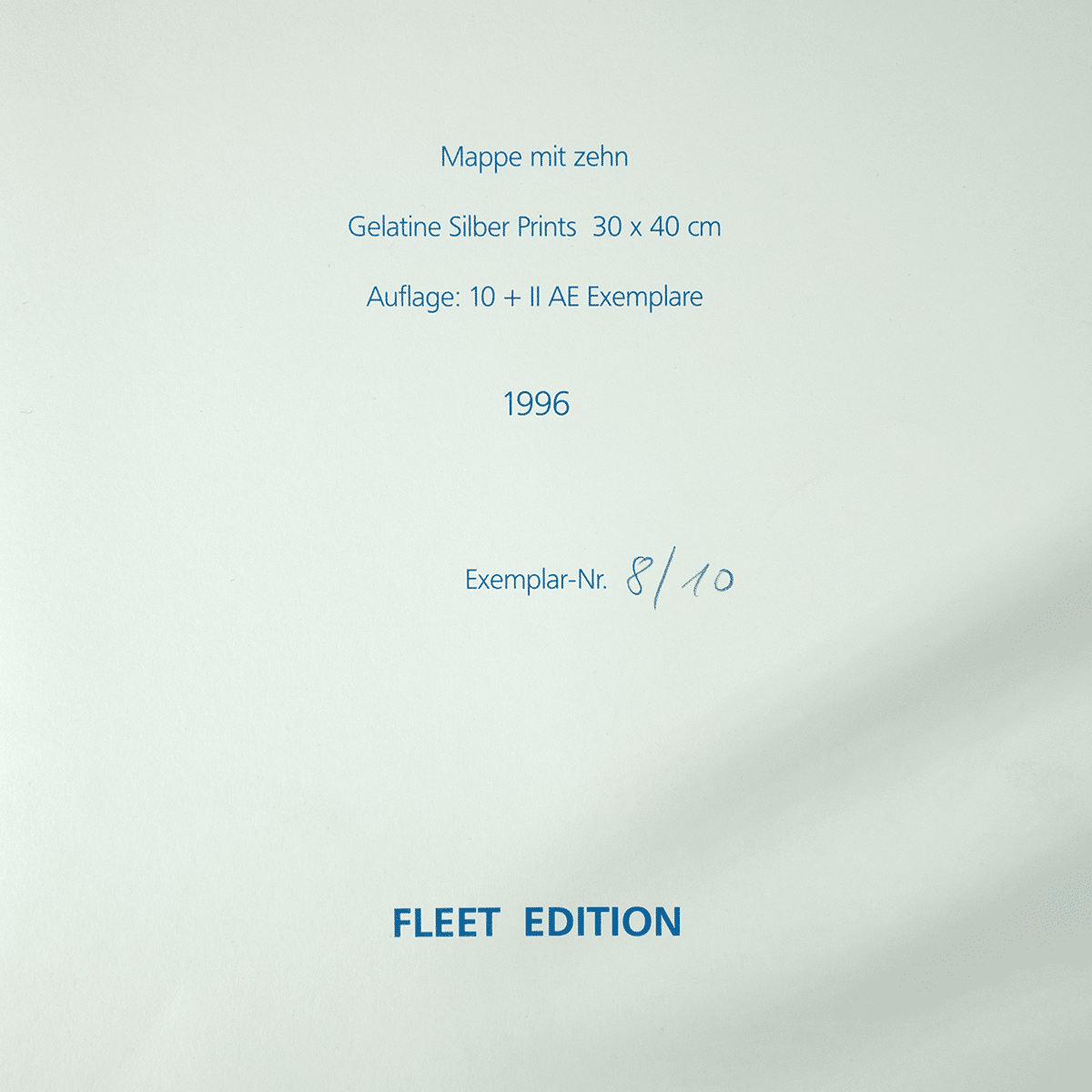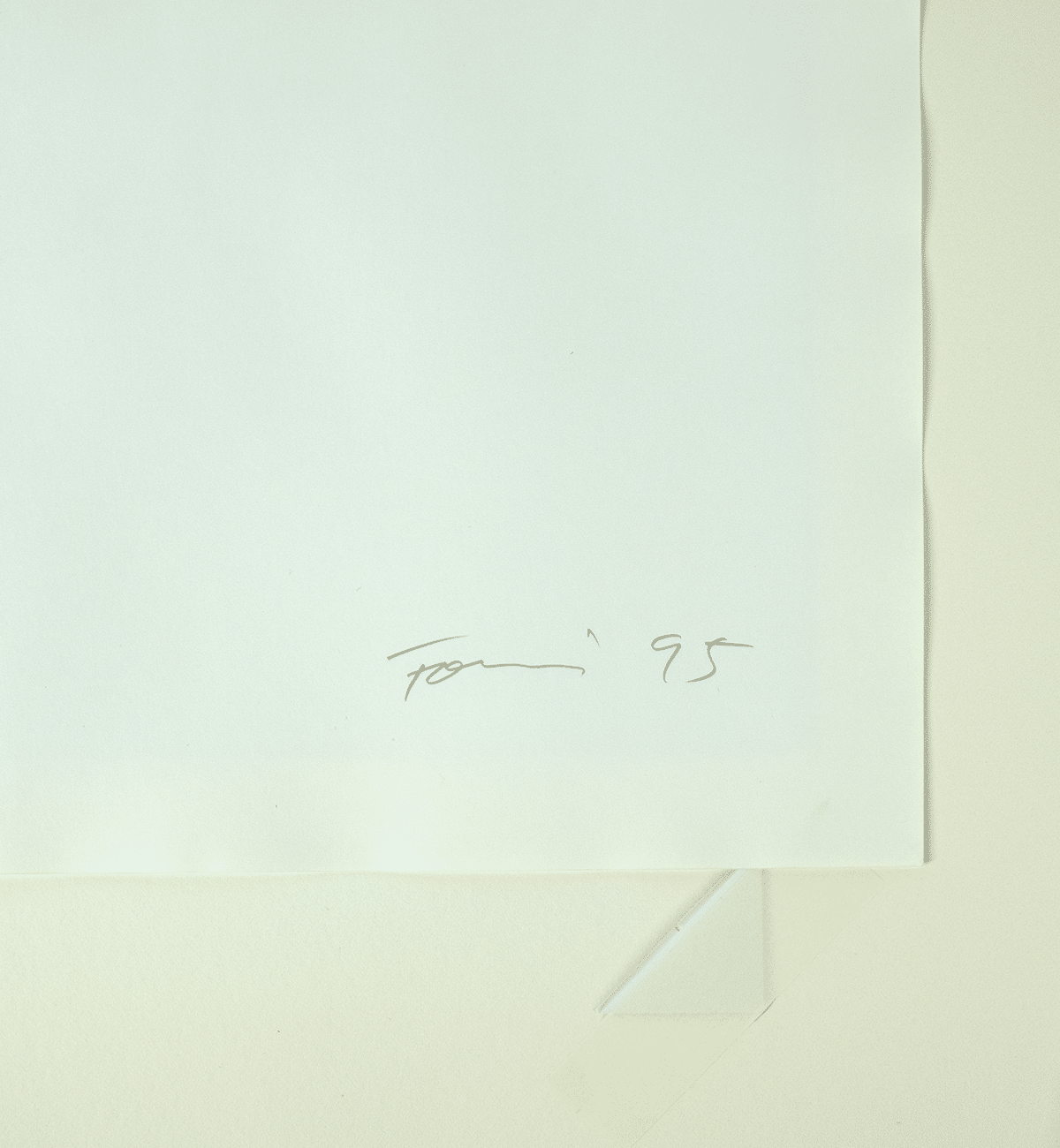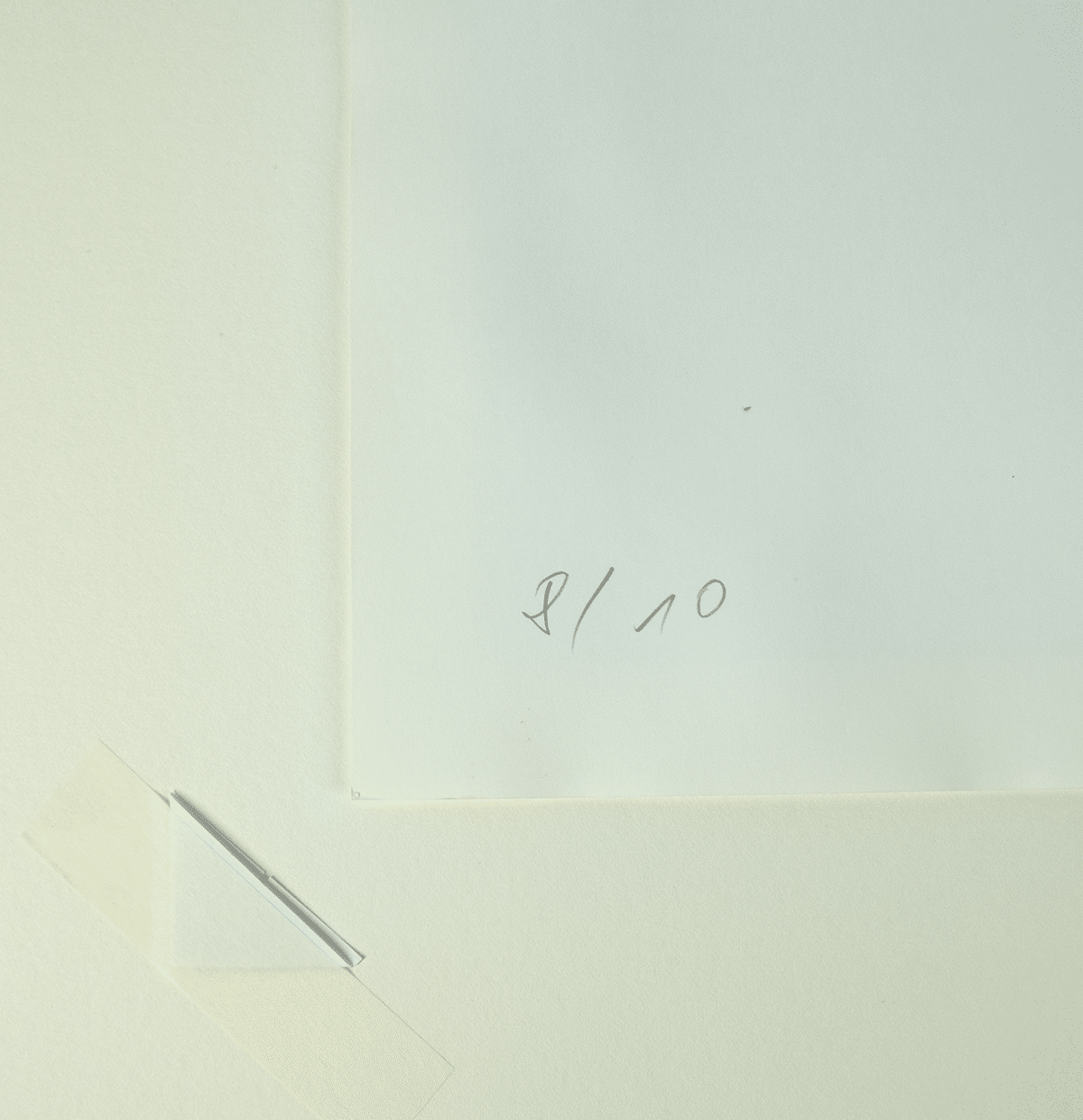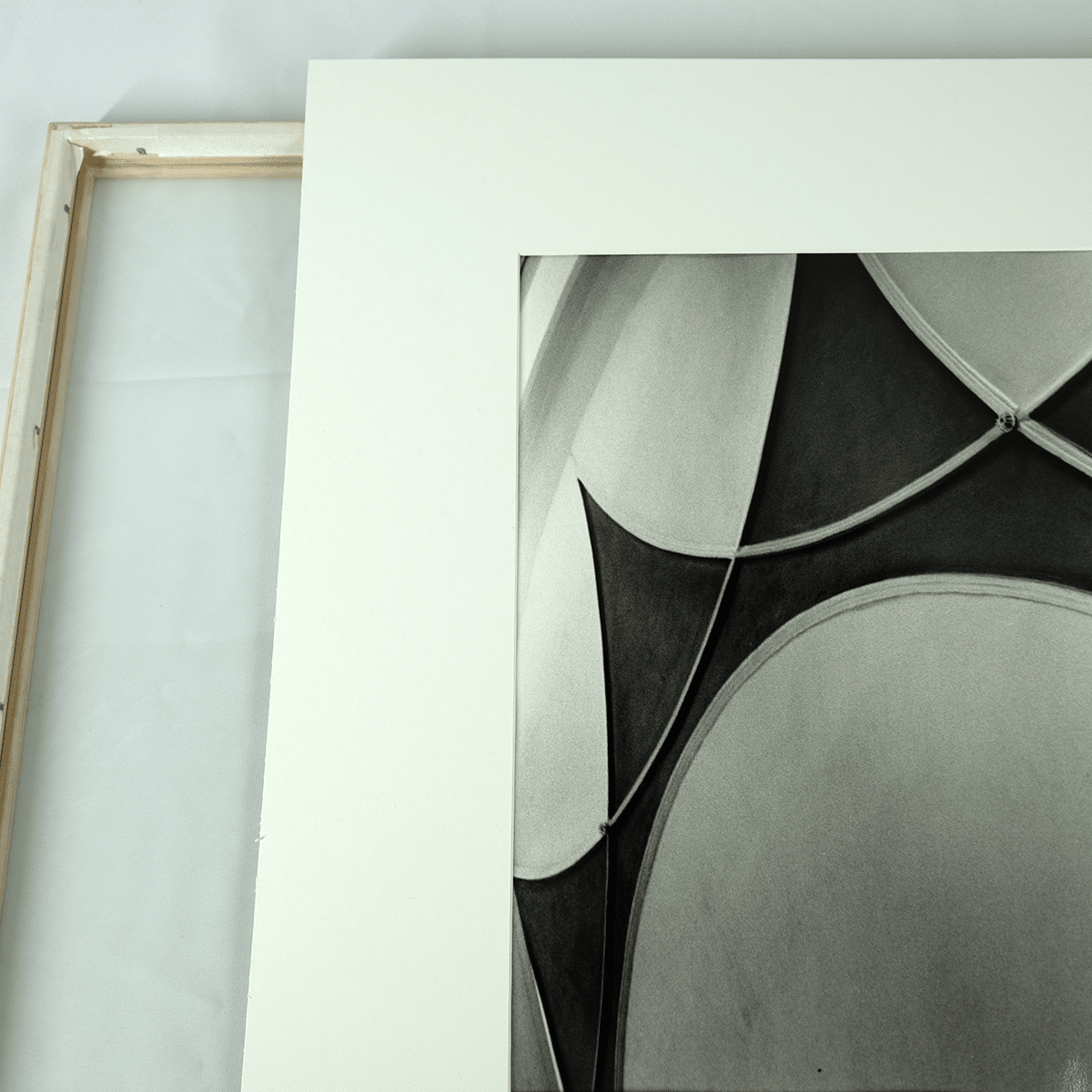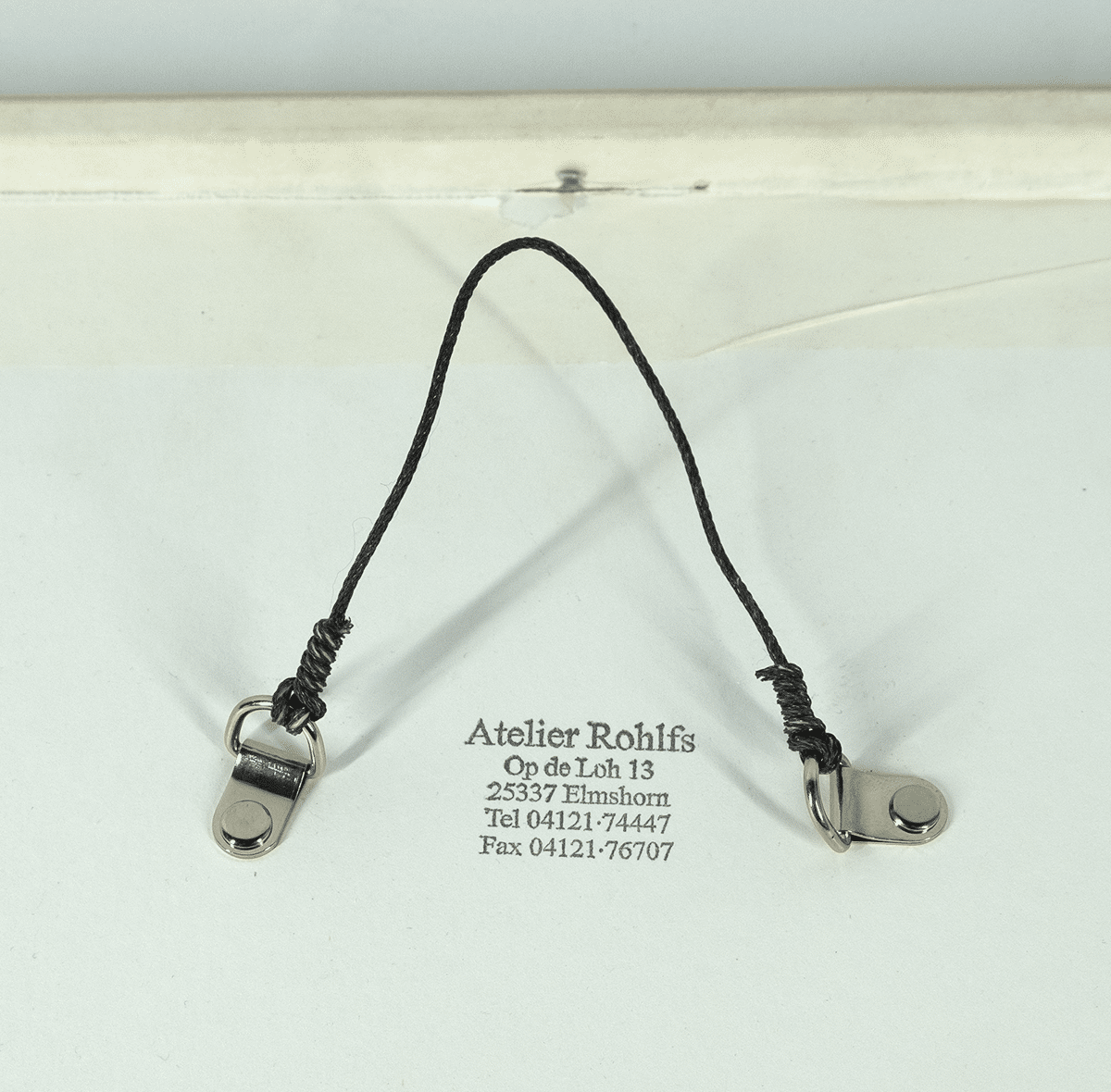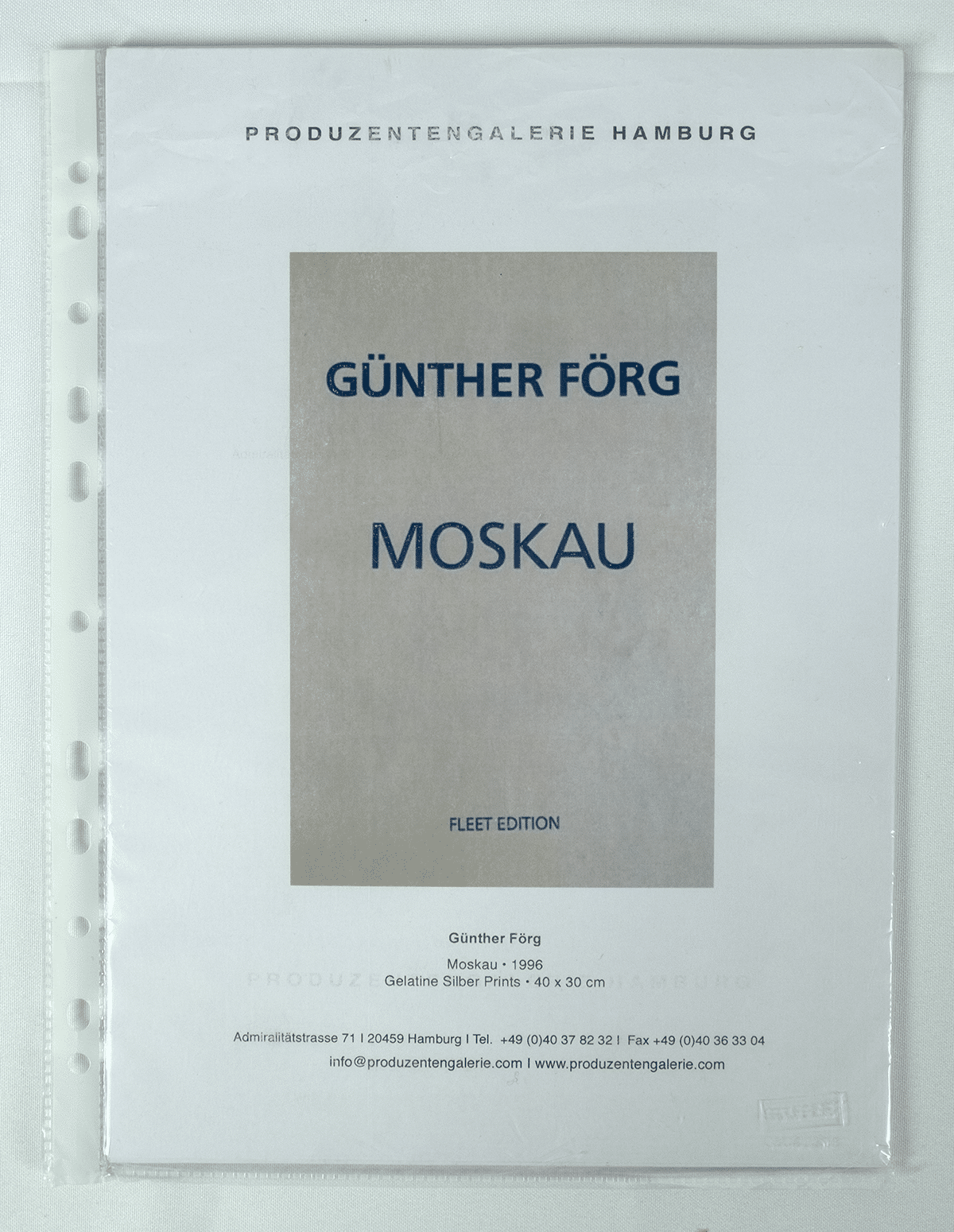Architecture in Moscow 1923 - 1941
10 gelatin silver prints. Each approximately 30*40 cm. Each photograph is signed (in 1995), dated and issued in pencil on the verso. Portfolio 8 from an edition of 10 (+ 2 A.P.). Fleet Edition, Hamburg. Published in 1996.
The images are:
Inturist Garage
Gorbunov Palast der Kultur
Gorbunov Palast der Kultur
Bus Garagen
Rusakov Club
Melnikovs Atelierhaus
Burevestnik Club
Rusakov Club
Mosselprom Gebäude
Kauchuk Club
The photos are all framed. One frame has been opened to photograph the signature and numbering. Comes with the original portfolio box, the front cover with the edition in pencil.
Back to offer overview
Biography
Born in southern Germany, Förg was a painter, sculptor and photographer. He studied at the Akademie der Bildenden Künste in Munich from 1973 to 1979. At the beginning of his studies, Förg creates entirely black and gray one-color paintings (period 1973-1976). He later adds more colors but for Förg the use of gray is the basis from which he builds his oeuvre (gray was not used by the modernists of the time). His use of clashing colors is often seen as a critique of modernism; therefore, Förg is sometimes seen as a postmodernist. Förg is fascinated by architecture. In the 1980s he starts taking photographs of culturally and politically important architectural buildings; from Bauhaus to fascist buildings in Italy (icons of modernism). For this he travels to Austria, Russia and Italy, among other places. For a number of years he makes only photographs to, as he said himself “work closer to reality ….. what one paints is not reality.” Between 1980 and 2006, Förg photographs these structures. He uses a 35 mm camera and zoom lenses and shows the buildings in an austere and unadorned way, dilapidated with careless renovations or additions. The photographs are taken from unusual perspectives, the image not centered in the frame and often in grainy focus. The process of photographing, the perspectives, the grainy structure, is a kind of research for him; the goal is not to take the perfect photograph. The photographs are often presented under thick protective glass that reflects the space and the viewer. In the late 1980s, Förg began painting again, also using new materials such as wood, copper, bronze and lead. In 1988 Förg exhibited at Kunstmuseum Den Haag with lead paintings; lead is painted with acrylic paint. The sheets of lead add an extra dimension to the paintings. As he himself says, “the lead gives the painting a heavy feeling …. it gives the color a different density and weight.” At the beginning of the 21st century, Förg takes a new direction and creates a series of grid-like markings and intersecting colors with a bright palette and expressive hand. These paintings become “Gitterbilder” (https://www.wikiart.org/en/gunther-forg/untitled-gitterbild-2001). The last paintings he creates are the so-called “spot paintings.”
Notes quotes from:
https://www.hauserwirth.com/artists/19427-gunther-forg/
https://www.kunstmuseum.nl/nl/tentoonstellingen/gunther-forg
https://en.wikipedia.org/wiki/G%C3%BCnther_F%C3%B6rg
https://www.youtube.com/watch?v=YLSRpRP1lpI

